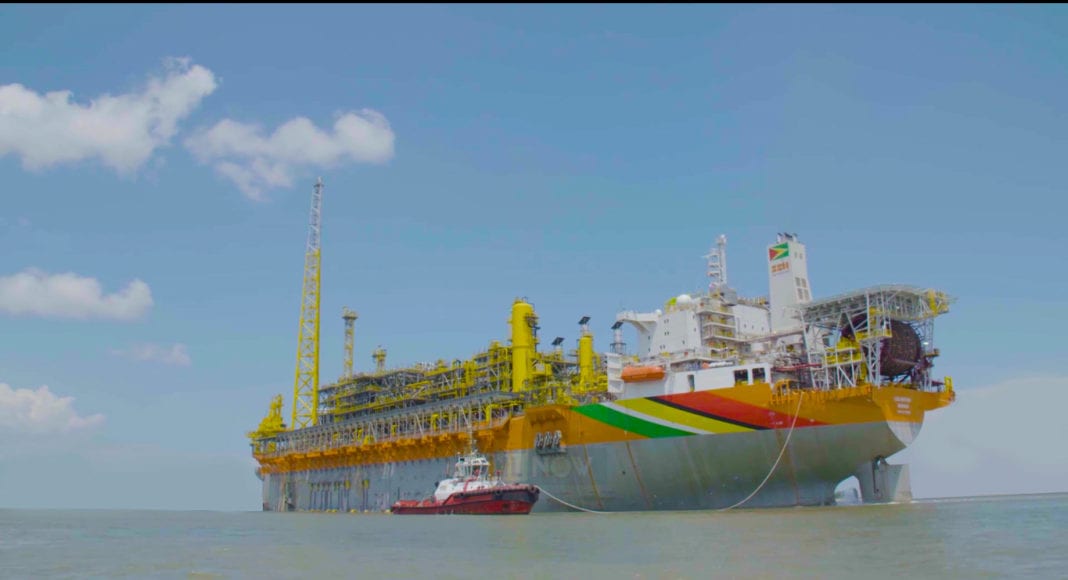The country with the largest oil reserves in the world could soon be producing none of it. Venezuela—one of the world’s earliest and (at one time) largest oil producers, as well as a founding member of OPEC—could soon be producing close to zero barrels of oil, according to a new analysis by IHS Markit, published on August 13.
The London–based global information provider said Venezuelan crude oil production is currently around 100,000 to 200,000 barrels per day (b/d) and falling. Production was around 650,000 b/d just a year ago and had been as high as 2 million barrels per day as recently as 2017. It is now conceivable that the country could soon be producing zero barrels, or very close to it.
“Never before has a former major oil producing country seen output fall so low for so long. In Venezuela’s case, if there is any surprise it is that the disintegration did not happen faster,” said Jim Burkhard, Vice President and Head of Oil Markets at IHS Markit.
Never in the history of the oil industry has output from a former major producing country fallen so low.
The country is now the third smallest producer among OPEC’s 13 members, just ahead of Equatorial Guinea and war-torn Libya.
Meanwhile, next to Venezuela in neighbouring Guyana, peak output from ExxonMobil’s Liza Phase 1 Development at the Stabroek Block is expected to hit 120,000 bpd in the coming weeks. The newest South American oil producing nation is projected to be generating more than 1 million barrels of oil per day by the end of the decade, catapulting it to among the top 5 Latin American producers.
IHS Markit said Venezuela’s production fall—the product of decades of decline and decay—has been exacerbated more recently by the COVID-induced oil price collapse of 2020, U.S. sanctions and limited domestic oil storage.
Guyana’s offshore exploration and production activities have remained largely unscathed, due in part to competitive fiscal terms for the Stabroek acreage that allow for low breakevens, and the country’s multi-billion barrel resources.
While the slide toward zero production in Venezuela is a historical milestone, the country’s demise as an oil producer will have little to no impact on global oil markets given the much larger shifts in world oil demand and supply wrought by COVID-19 and its repercussions, IHS Markit pointed out.
“In terms of market impact, if you had to choose a time for the fall of a major global oil producer—a founding member of OPEC, no less—this would be it. There is ample production capacity around the world to satisfy the recovery in world oil demand that has been underway since May,” Burkhard said.
But given the size of the country’s reserves, IHS Markit said a restoration of production somewhere in the future is always a possibility. But the state of Venezuela’s infrastructure, ongoing U.S. sanctions and lower global demand make it increasingly unlikely.
“The decay of Venezuela’s oil industry has been due to poor management, not lack of below ground oil resources. It is conceivable that a rebuilding of infrastructure under appropriate investment and security conditions could return the country to the ranks of major oil producers,” stated Ha Nguyen, Director, Global Oil Supply at IHS Markit.
“Nguyen said any recovery would take a considerable amount of time given the degree of dilapidation throughout the country’s energy infrastructure. “It looks like close-to-zero oil production is Venezuela’s new normal for the foreseeable future.”



